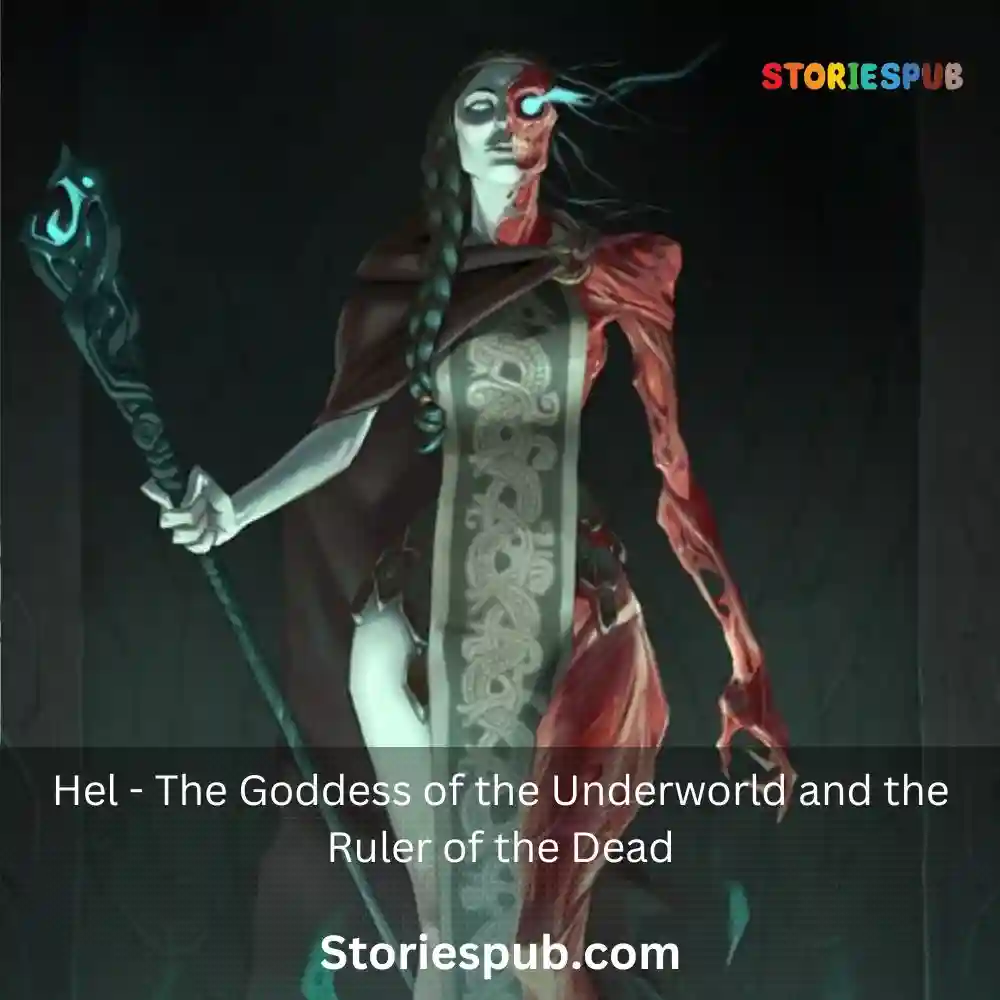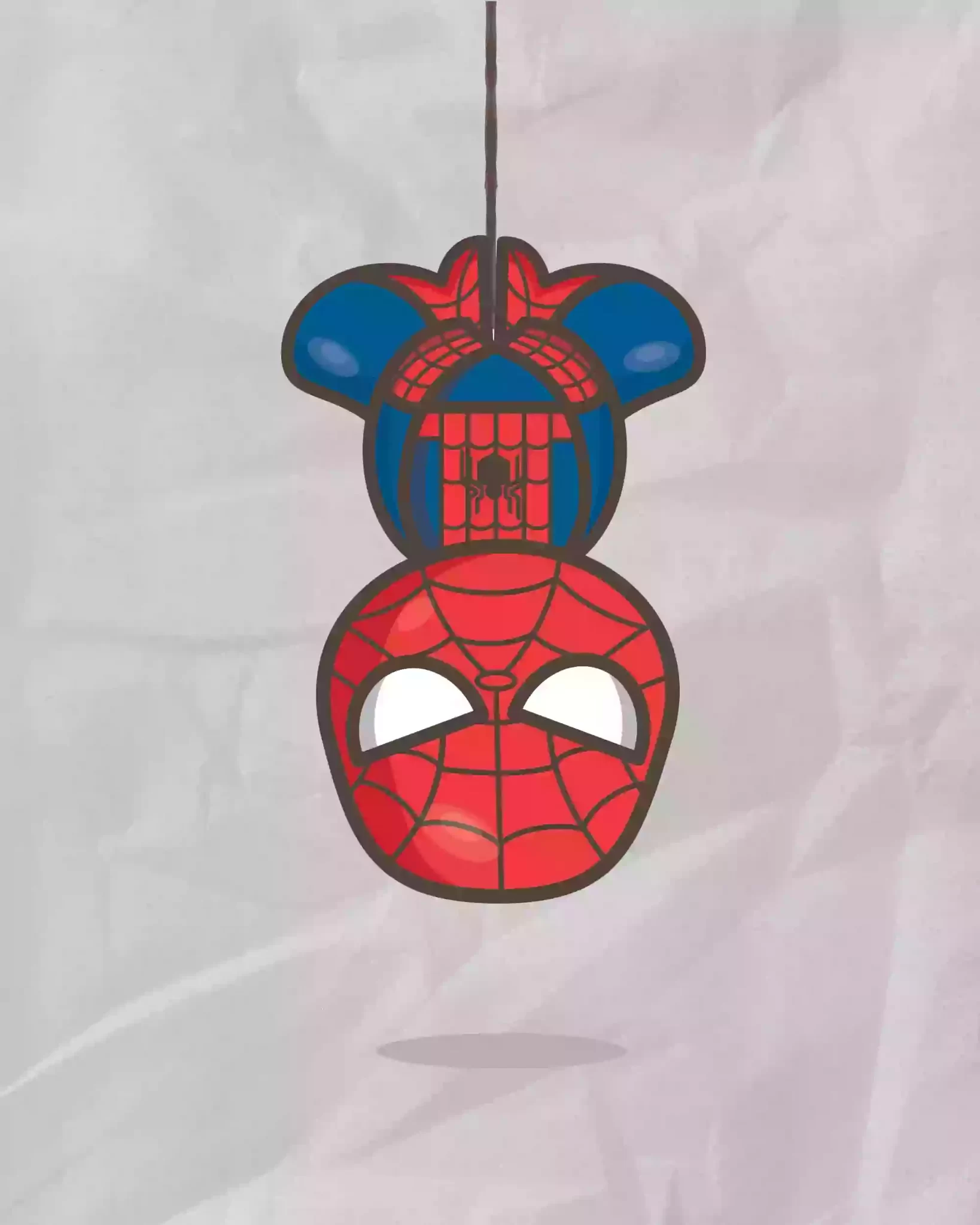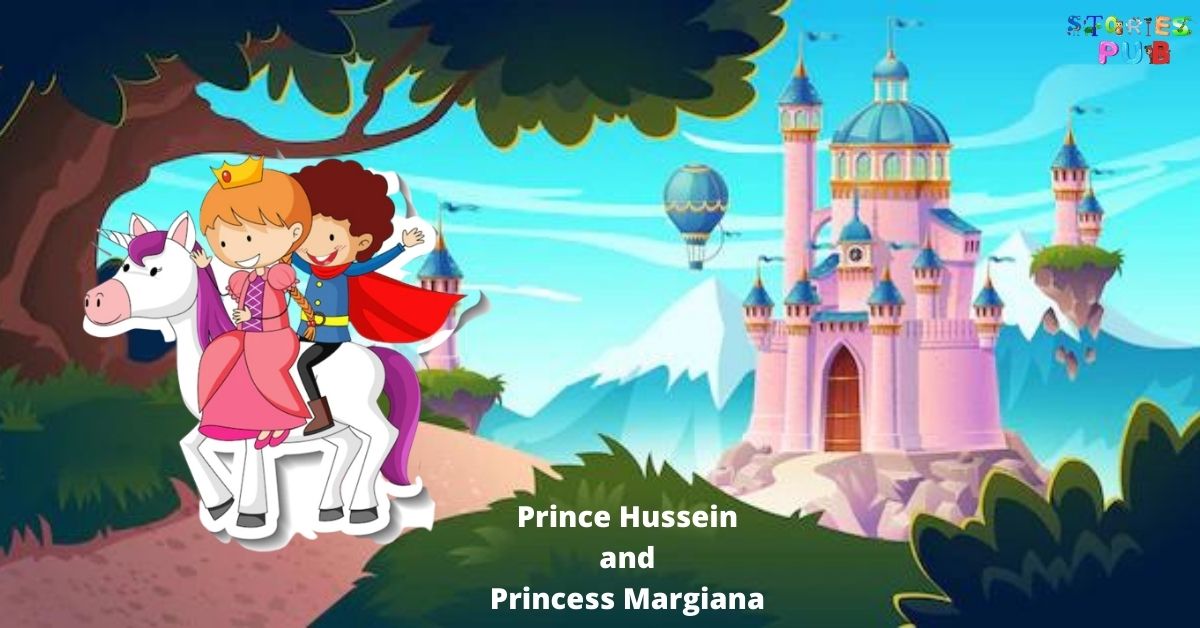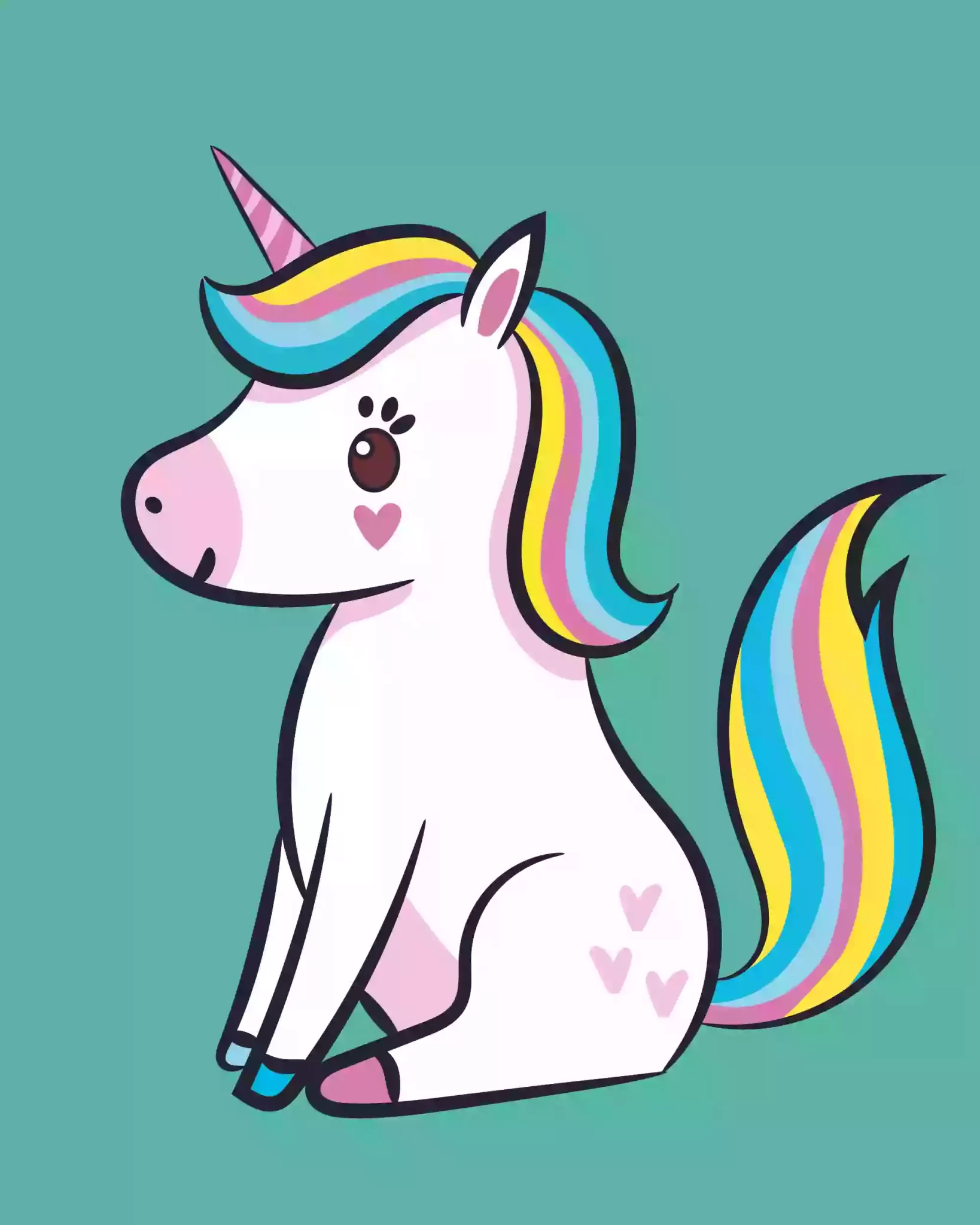Summarize this Article with:
Hel – The Goddess of the Underworld and the Ruler of the Dead

Image Credit : Pinterest
Introduction
Norse mythology is a fascinating world full of gods, goddesses, and mystical creatures that have inspired countless stories, movies, and TV shows. One of the most intriguing figures in Norse mythology is Hel.
She is known as the goddess of the underworld and ruler of the dead. Her role in Norse mythology is essential because she presides over one of the nine worlds, Niflheim.
Hel‘s story begins with her parentage. She is one of three children born to Loki, a trickster god known for his mischief, and Angrboda, a giantess.
Hel’s siblings are Fenrir, a monstrous wolf that threatens to devour Odin at Ragnarok (the end times), and Jormungandr, a massive sea serpent that encircles Midgard (the world where humans live). Hel was born deformed; her upper body was beautiful like her mother’s but her lower half was rotting flesh.
This caused Odin to cast her out to Niflheim to become its ruler. From there on out she governs over both death and life itself.
The name Hel has been used throughout history as another word for Hell or Hades but it originally meant “hidden” or “concealed.” This may have been because Niflheim was considered hidden beneath the roots of Yggdrasil (the World Tree). In Norse mythology, Hel had immense power over life and death; no one could escape her grasp once they had entered Niflheim unless they had earned their place in Valhalla or were granted mercy by Odin himself.
To understand why she played such an important role in Norse mythology it is important to consider how death was viewed by these people: it wasn’t seen as an end but rather a transition from one state of being to another. In Norse mythology, Hel was seen as the gatekeeper to the afterlife, and her role in this process was crucial.
She was often depicted as a stern and impartial figure who carried out her duties without prejudice or bias. Her influence over life and death has made her one of the most intriguing figures in Norse mythology, and her story continues to captivate audiences today.
Origins and Family Background
Hel’s parentage can be traced back to two giants: Loki and Angrboda. Loki, the trickster god, is one of the most well-known figures in Norse mythology.
He is known for his cunning and mischievous behavior but also for his ability to shape-shift into different creatures. Angrboda, on the other hand, was known as a fierce giantess who possessed immense power and strength.
Together, Loki and Angrboda had three children: Fenrir, Jormungandr (also known as the Midgard Serpent), and Hel. Hel was unlike her siblings as she possessed half-alive, half-dead characteristics that made her stand out from her brothers.
Hel’s Siblings
Fenrir was a wolf of enormous size who was prophesied to bring about destruction during Ragnarok – the end of the world in Norse mythology. Jormungandr was a giant serpent who encircled Midgard (the human world) with its body.
These two siblings of Hel were feared by many due to their destructive nature. Despite being less destructive than her siblings, Hel played an important role in Norse mythology as she ruled over Niflheim – the realm of the dead.
The Story of How Hel Came to Rule Niflheim
In Norse mythology, it is said that when Odin created the world from Ymir’s body (a primordial giant), he threw Ymir’s brains into Ginnungagap (the void). From those brains emerged two beings: Mimir and Hvergelmir.
Mimir went on to become an advisor to Odin while Hvergelmir became a source for many rivers that flowed through different realms. One of these rivers was called Elivagar, which flowed through Niflheim.
As the river flowed through Niflheim, it froze and created glaciers that became the foundation for the world tree – Yggdrasil. It is said that Hel was born near this world tree, and as a result, Odin granted her rulership over Niflheim.
Despite her parentage and siblings’ reputations for destruction, Hel was not feared by all. In fact, she was often portrayed as a fair ruler who judged souls impartially based on their actions in life rather than their status or wealth.
Overall, Hel’s origins and family background are an essential part of her story in Norse mythology. While she may have been different from her siblings in many ways, she played just as significant a role in shaping the Norse understanding of death and the afterlife.
Appearance and Personality
Physical description of Hel (half alive, half dead)
Hel’s unique appearance was a result of her being a child of both giants and gods. Her upper half appeared to be that of a beautiful woman, while her lower half was that of a rotting corpse. Some sources even suggest that one side of her face was alive and beautiful, while the other side was dead and decaying.
She also had piercing green eyes that could see through any deception or falsehood. Despite her gruesome appearance, Hel was said to be very regal in the way she carried herself.
She always wore dark robes that flowed behind her like mist or shadows. Even though she resided in the underworld, she exuded an air of power and authority that commanded respect from all who encountered her.
Analysis of her personality traits (cold, stern, impartial)
Hel’s personality traits were as unique as her appearance. She was known for being cold and unfeeling towards those who entered her realm without proper preparation or reason.
This trait likely stemmed from the fact that she had to preside over souls who did not make it to Valhalla or Fólkvangr after death. While some may view Hel as cruel for this reason, others saw it as necessary for maintaining balance between life and death in the Norse cosmos.
Her impartiality meant that she judged each soul fairly based on their actions in life rather than their status or lineage. Additionally, Hel’s stern demeanor often made it difficult for others to negotiate with her.
However, this also made it easier for her to stick to agreements once they were made since she would never break a promise lightly. Some sources suggest that Hel’s coldness may have been an attempt to distance herself from the emotional turmoil caused by being both loved by Odin (who visited her frequently) and hated by the other gods (who saw her as an abomination).
Realm and Subjects
Niflheim is the underworld, a cold and desolate place where Hel, as its ruler, presides over the souls of the dead. It is located in the northernmost region of Norse cosmology and is considered to be one of the Nine Worlds along with Asgard, Midgard, and others. The realm itself is characterized by eternal darkness and icy blasts that pierce through everything.
The only source of light comes from a well known as Hvergelmir which flows through Niflheim providing warmth to certain parts of the realm. The rest of it is forever frozen with mists that are so thick, they can barely be penetrated.
The souls who reside in Niflheim are divided into two groups. Those who died in battle are taken by Odin’s valkyries to Valhalla where they await Ragnarok – the end of times.
Conversely, those who did not die in battle end up in Hel’s domain. She reigns over them impartially as her subjects without any discrimination based on their race or status during life.
Description of Niflheim
Niflheim provides a stark contrast to other worlds such as Asgard or Midgard which are full of life and teeming with activity. Instead, it is characterized by a sense of emptiness that pervades every corner of this cold wasteland.
The rivers that flow through Niflheim are made up entirely out of ice while some areas boast jagged black rocks towering high above it all creating an eerie landscape filled with shadows cast by non-existent light sources. Nature itself seems to be struggling for survival on this plane – there are no plants or animals here apart from some mosses clinging tenaciously to rocks and ice surfaces.
Overview of Hel’s Subjects
Hel’s subjects are the dead who did not die in battle – those who were old, sick, or died of natural causes. They are a diverse group of individuals from all walks of life and social status.
Their existence in Niflheim is sombre, marked by an absence of joy or hope. The spirits become ice-cold and are unable to feel any warmth or pleasure; they exist in a state of perpetual darkness and coldness.
Hel treats all her subjects the same way, with impartiality and fairness. She listens to their concerns but also remains aloof from their emotions.
Despite her rather unsympathetic demeanour, Hel offers her subjects refuge from suffering and turmoil that plagues the other worlds that make up Norse cosmology. It is worth noting that part of Hel’s role as ruler is to ensure the safe passage for souls across the river Gjoll which separates Niflheim from other planes such as Asgard or Midgard.
While crossing over this river can be perilous due to treacherous currents in its depths, it is nonetheless a necessary step for anyone looking to travel between realms. Niflheim may not be as glamorous as Valhalla but it serves an important purpose.
It offers souls who did not die in battle a chance at peace and calm away from the chaos found elsewhere in Norse cosmology. Meanwhile, Hel herself rules over these lost souls with fairness and impartiality becoming one of Norse mythology’s more intriguing characters deserving of further study.
Myths and Legends Involving Hel
The Story of Baldr’s Death and His Journey to the Underworld
One of the most well-known myths involving Hel is that of Baldr’s death. Baldr was the god of light and purity, loved by all who knew him.
However, he was plagued by a recurring dream that he would die. His mother, Frigg, worried about his safety, made all things promise not to harm him – except for mistletoe, which she believed to be too insignificant a plant to pose any threat.
Unfortunately for Baldr, Loki discovered this weakness and fashioned a spear out of mistletoe. He then tricked Hodr (Baldr’s blind brother) into throwing it at Baldr during a game of war between the gods.
The spear penetrated Baldr’s heart, killing him instantly. After his death, the gods sent Hermodr (Odin’s son) on a mission to Helheim (the underworld where Hel reigns) to ask her to release Baldr.
She agreed on one condition: everything in the world must weep for him. The gods went from door-to-door asking every living being in existence to grieve with them so that they could bring their beloved god back from death – but an old giantess refused to join them because she claimed not to care about their troubles: thus ruining any chances of bringing Baldur back.
The Tale of Hermóðr’s Journey To Retrieve Baldr From Hel
Next up is Hermóðr’s journey into Niflheim (the land where Hel rules) in order to retrieve Baldur’s soul from her clutches. Odin chose Hermóðr as his messenger due to his speed and courage needed for the journey into the land which lies beyond Gjallarbrú Bridge.
Hel agreed to release Baldr on one condition – that all things wept for him. Hermóðr rode his horse Sleipnir to the world of the dead and came upon the river Gjöll.
Here he found Módmir, the giant guard who refused passage to the land of the dead. Hermóðr introduced himself as Odin’s son and convinced Módmir to let him pass.
He then reached Hel’s hall and met with her. She agreed to release Baldr from her grasp if every creature in all nine worlds would weep for him.
The Story of Ragnarok, Where Hel Plays a Significant Role
Ragnarok is known as “the end of the gods,” where almost all deities perish in a great battle, including Hel herself. The tale begins with Loki escaping from his imprisonment at Odin’s hands after killing Baldur, thus unleashing various apocalyptic events like earthquakes, volcanic eruptions, and other natural disasters that eventually lead to an epic final battle. In this battle, Hel is joined by other giants and monsters led by Loki against Odin’s army of gods including Thor, Freyr, Tyr; all fighting for their existence.
In this godly conflict which will be fought on a battlefield known as Vigridr (a giant plain), Hel will command underworld troops made up of giants desiring revenge against Asgardians. As predicted by fate itself, both sides will suffer heavy casualties; however, it is said that thanks to their courage and valor during this battle that even those who fall in combat can expect an honorable afterlife – perhaps even going so far as indicating that they ascend into Valhalla (the hall of heroes) if they die honorably enough during Ragnarok itself.
Worship and Influence on Culture
Discussion on how Norse people worshipped Hel
Norse mythology is rich with gods and goddesses, each with their unique traits and characteristics. The worship of these deities was a crucial aspect of the culture, as it played a significant role in daily life.
The goddess Hel was no exception, as she held a crucial role in Norse mythology as the ruler of the dead. The worship of Hel involved various rituals and offerings to seek her favor.
In Norse culture, death was seen as a natural part of life, and Hel was revered for her ability to guide souls to the afterlife. Offerings were made to Hel before funerals or burials to seek her blessings for a peaceful passage into Niflheim.
The worship of Hel was not limited to funerals or burials but extended to everyday life. People would offer food and drink at crossroads or other locations associated with death or the underworld, hoping that their offerings would please the goddess and bring good fortune.
Examination on how she influenced Norse culture through art, literature, etc.
Hel’s influence extended beyond just religious practices; she also played an essential role in Norse art, literature, and other aspects of cultural expression. Her unique appearance – half alive and half dead – made her an intriguing subject for artists who wanted to illustrate the balance between life and death. In literature, Hel’s character was often used as an archetype for death itself or used as a symbol of endings or transitions.
For example, in Snorri Sturluson’s “Prose Edda,” she is described as having two faces: one that appears beautiful while the other is ghastly. This duality represented both sides of death – beauty in the passage from life into afterlife while also acknowledging its unpleasantness.
Hel’s influence can also be seen in modern popular culture, such as Marvel’s Thor franchise. In the films, Hela (the spelling variation) is depicted as the goddess of death and Thor’s estranged sister.
Her character borrows from Norse mythology, as she is portrayed with a similar appearance to Hel and is powerful enough to bring about the apocalypse. Hel’s influence on Norse culture was profound and far-reaching.
Her role as the goddess of death made her an essential deity in religious practices, while her unique attributes inspired artists and writers alike. Even today, centuries after her worship has ceased, her legacy endures through popular culture references and academic inquiry into Norse mythology.
Conclusion
Throughout Norse mythology, the role of Hel as the goddess of the underworld and ruler of the dead is one that cannot be overlooked. As a child of Loki and Angrboda, she was not born into an enviable position. However, her strength and determination allowed her to take on this challenging role with aplomb.
While Hel’s appearance might give the impression that she is cold and unfeeling, her impartiality suggests a deep sense of justice that is required for such a difficult responsibility. She rules over souls who did not die in battle but rather lived out their lives fully before passing on.
This has led some to view her as a goddess who can provide comfort to those who fear death or who have lost loved ones. The myths surrounding Hel are both fascinating and terrifying, showcasing her immense power as well as her ability to show mercy when it is warranted.
The story of Baldr’s death and journey to the underworld is particularly poignant, demonstrating how even gods were subject to Hel’s power. Hermóðr’s journey to retrieve Baldr from Hel serves as an example of how persistence, bravery, and resourcefulness can overcome seemingly insurmountable obstacles.
Despite being associated with death and darkness, Hel has also had a significant impact on Norse culture through art, literature, and other forms of creative expression. Her image has been used in everything from tattoos to sculptures to video games.
Her influence extends beyond just Nordic cultures; from Shakespeare’s “Hamlet” (“to sleep—perchance to dream—ay there’s the rub…”) to popular TV shows like “Supernatural,” this powerful figure has become part of global folklore. Although often portrayed in dark imagery which represents death itself- we should not overlook how important she was (and still remains) in Nordic mythology.
Spreading awareness about these legends showcases how ancient beliefs relate so closely to how people cope with loss, grief and reflect on the afterlife. Even though the story of Hel might be unsettling, it also highlights our common humanity- something we can all relate to regardless of time or geography.
Hey kids, how much did you like The Hel – The Goddess of the Underworld and the Ruler of the Dead? Please share your view in the comment box. Also, please share this story with your friends on social media so they can also enjoy it, and for more such Norse Mythology, please bookmark storiespub.com.
Related Post :
Hel FAQ
Who is Hel in Norse mythology?
Hel is a goddess in Norse mythology who is associated with the underworld and the dead.
What does Hel look like?
The appearance of Hel is described as half-dead and half-alive, with one side of her body being normal and the other side being that of a corpse.
What is Hel's role in Norse mythology?
Hel is responsible for ruling over the dead and presiding over the realm of the dead known as Helheim.
What are some other stories involving Hel?
Hel appears in several Norse myths, including one in which she offers hospitality to the god Balder after he is killed by Loki.
Is Hel worshipped in modern times?
Hel is not worshipped as part of any organized religion in modern times, but she is still studied and appreciated by scholars and enthusiasts of Norse mythology.
What is the significance of Hel in Norse mythology?
Hel represents the idea of death and the afterlife in Norse culture, as well as the importance of accepting the inevitability of death.
Are there any symbols associated with Hel?
Hel is often associated with death, darkness, and the image of the corpse.
Is Hel similar to other gods of the underworld in other cultures?
The concept of gods of the underworld is found in many cultures throughout the world, and there are some similarities between Hel and other gods of the underworld, such as the Greek god Hades and the Egyptian god Anubis.
Are there any modern adaptations of Hel in popular culture?
Hel has been adapted in various forms in popular culture, including in video games, comic books, and television shows. She is often portrayed as a powerful and mysterious figure with control over the realm of the dead.
What is Hel's relationship with the other gods in Norse mythology?
Hel is sometimes said to be the daughter of the god Loki and the giantess Angrboda, and is considered to be an outsider among the Norse gods.










